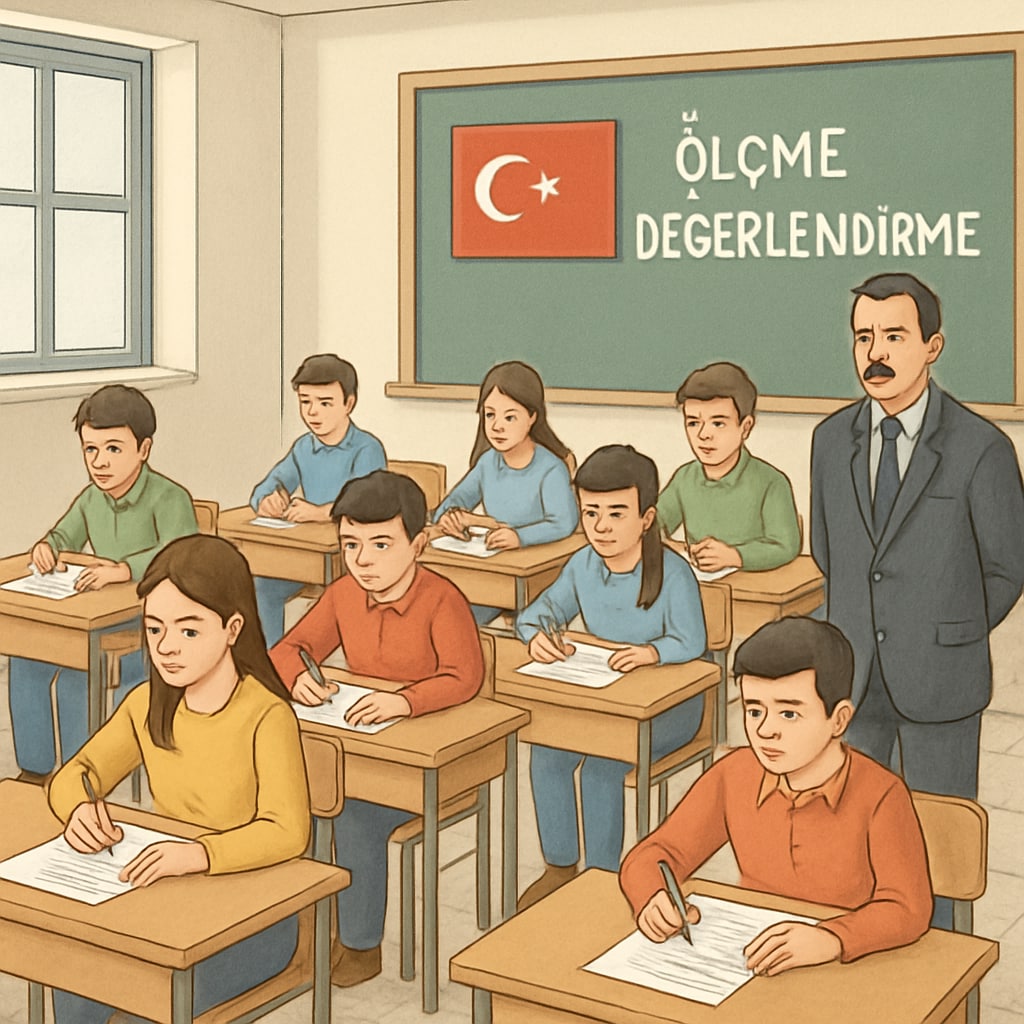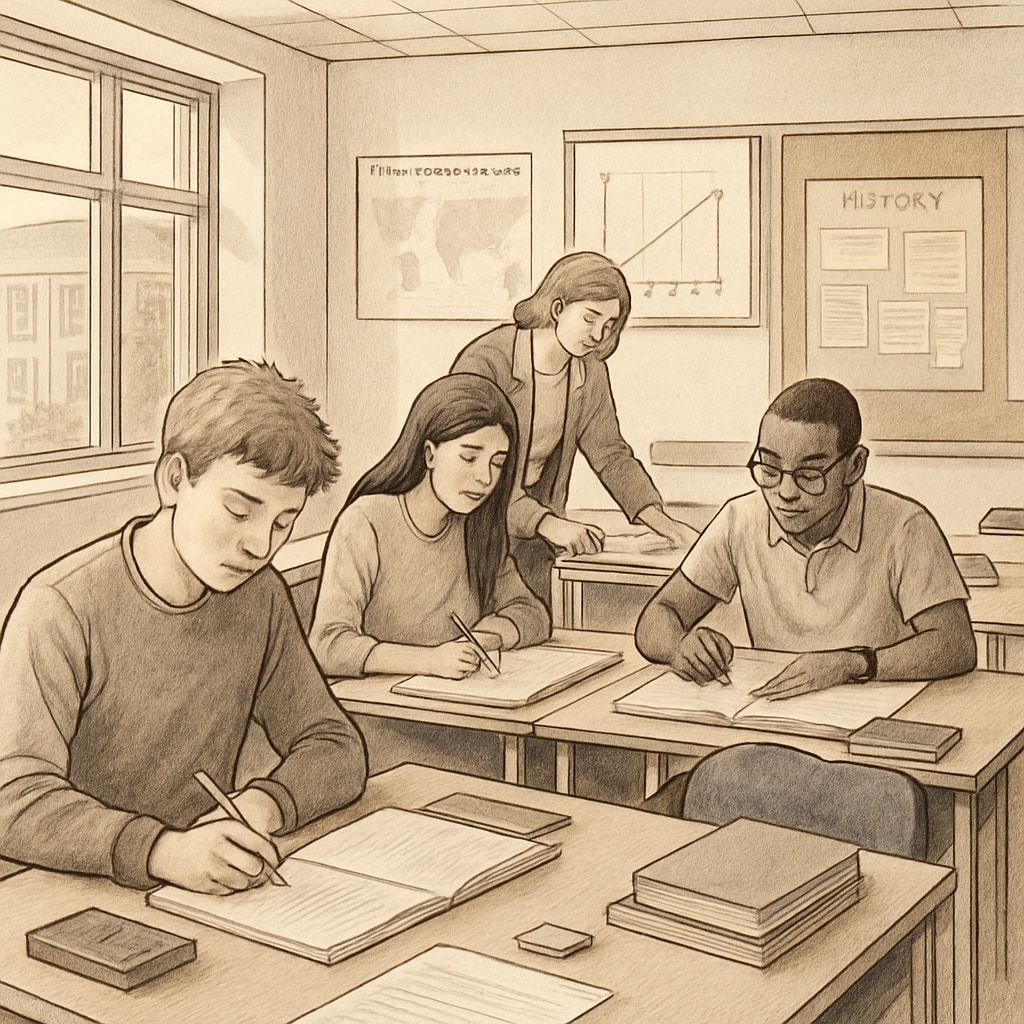Turkey’s education system is undergoing significant scrutiny, with mounting concerns about the limitations of its centralized exam-based model. The intense “examination culture” places students under immense pressure, stifling their creative and critical thinking abilities. By examining the UK’s A Levels system—a globally recognized flexible assessment framework—Turkey can find valuable insights to reduce exam stress and foster a more balanced approach to student development.

The Rigid Centralized Exam Model in Turkey
Turkey’s education system relies heavily on a centralized, high-stakes examination model, particularly the Higher Education Institutions Exam (YKS). This system determines university placements based on a one-time standardized test. While it provides an objective framework for evaluating students, it has several drawbacks:
- Excessive focus on rote memorization rather than critical thinking.
- High levels of stress due to the “all-or-nothing” nature of the exams.
- Limited opportunities for students to showcase diverse talents, such as creativity or leadership skills.
As a result, many students and parents feel trapped in an exam-centric cycle that prioritizes scores over holistic growth.
What Makes A Levels Different?
The UK’s A Levels system offers a stark contrast. Unlike Turkey’s centralized exams, A Levels allow students to select subjects based on their interests and career aspirations. Assessments are spread across multiple exams, coursework, and practical evaluations, which significantly reduce the pressure of a single high-stakes test. Key advantages of the A Levels model include:
- Flexibility: Students can focus on subjects that align with their strengths and ambitions.
- Diverse Assessment Methods: Coursework and practical evaluations complement written exams, allowing students to demonstrate a broader range of skills.
- Encouragement of Critical Thinking: The curriculum promotes analytical reasoning, research skills, and independent learning.
These features make A Levels a preferred choice for international universities seeking well-rounded candidates.

Lessons Turkey Can Learn from A Levels
Turkey’s education reform efforts could benefit greatly from integrating elements of the A Levels system. Here are strategic recommendations to enhance its assessment framework:
- Introduce Subject Flexibility: Allow students to choose subjects they are passionate about to enhance engagement and performance.
- Incorporate Coursework: Assessing students through research projects, essays, and practical assignments would provide a more comprehensive evaluation of their abilities.
- Reduce Exam Pressure: Spreading assessments over multiple phases instead of a single day can alleviate stress.
- Promote Holistic Development: Encourage extracurricular activities and soft skills development alongside academic achievements.
These changes could shift the focus from exam scores to nurturing well-rounded individuals equipped to succeed in diverse fields.
Challenges in Implementing Change
Despite the potential advantages, implementing such reforms in Turkey’s education system will not be without challenges. Resistance from traditional institutions, logistical constraints, and the need for teacher training are significant hurdles. However, with a phased approach and collaboration between policymakers, educators, and parents, Turkey can transition towards a more progressive assessment model.
Conclusion
Turkey’s centralized education system, while efficient in certain respects, fails to address the broader developmental needs of its students. By drawing inspiration from the UK’s A Levels framework, Turkey has the opportunity to transform its education system into one that prioritizes student potential over standardized scores. Reducing exam pressure, promoting flexible subject choices, and embracing diverse assessment methods can unlock the true potential of Turkey’s youth, paving the way for a brighter future.
Readability guidance: This article uses concise paragraphs, lists, and transition words to improve readability. The content balances technical insights and accessible language to engage a wide audience.


